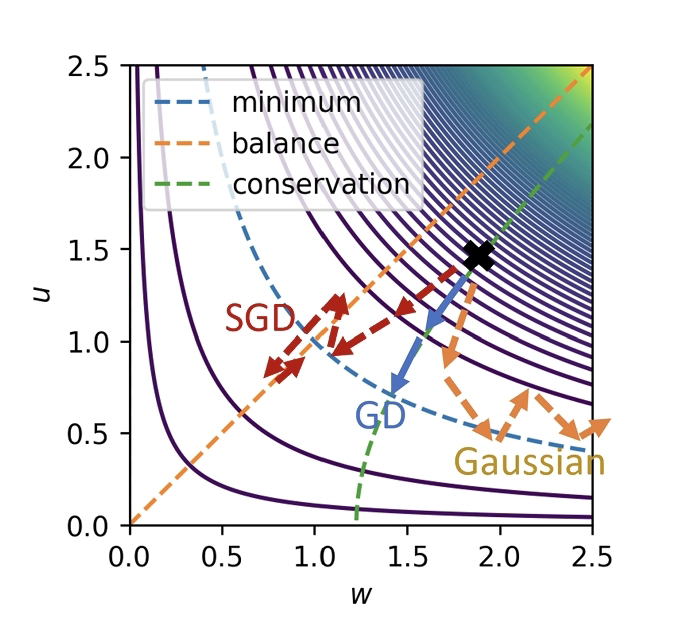<< ️Although synchronization has been extensively studied, important processes underlying its emergence have remained hidden by the use of global order parameters. Here, (AA) uncover how the route unfolds through a sequential transition between two well-known but previously unconnected phenomena: chaotic itinerancy (CI) and intermittent synchronization (IS). >>
<< ️Using a new symbolic dynamics, (They) show that CI emerges as a collective yet unsynchronized exploration of different domains of the high-dimensional attractor, whose dimension is reduced as the coupling increases, ultimately collapsing back into the reference chaotic attractor of an individual unit. At this stage, the IS can emerge as irregular alternations between synchronous and asynchronous phases. The two phenomena are therefore mutually exclusive, each dominating a distinct coupling interval and governed by different mechanisms. >>
<< ️Network structural heterogeneity enhances itinerant behavior since access to different domains of the attractor depends on the nodes' topological roles. The CI--IS crossover occurs within a consistent coupling interval across models and topologies. Experiments on electronic oscillator networks confirm this two-step process, establishing a unified framework for the route to synchronization in complex systems. >>
I. Leyva, Irene Sendiña-Nadal, Christophe Letellier, et al. From chaotic itinerancy to intermittent synchronization in complex networks. arXiv: 2511.09253v1 [nlin.AO]. Nov 12, 2025.
Also: network, behav, intermittency, transition, attractor, chaos, collapse, in https://www.inkgmr.net/kwrds.html
Keywords: gst, networks, behavior, intermittency, transitions, attractor, chaos, collapse, chaotic itinerancy, intermittent synchronization, structural heterogeneity, itinerant behavior.






